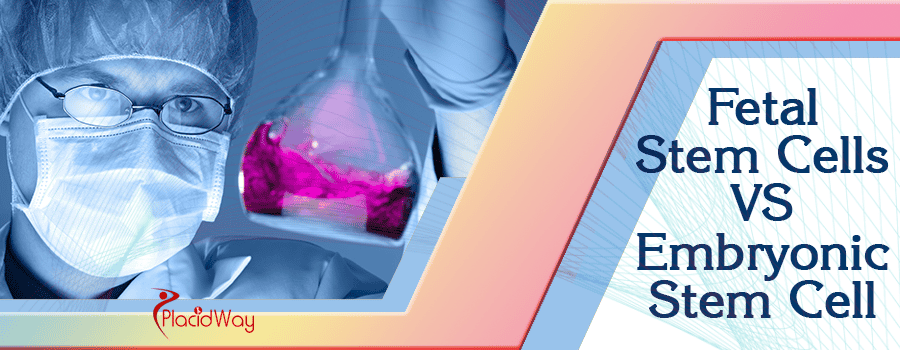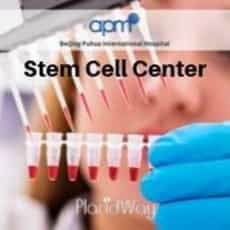
Fetal vs Embryonic Stem Cells – Which is Better?
Overview
Stem cells have revolutionized the way in which we think of treatment, especially for such illnesses such as the “no hope” diseases (diseases which there is no known cure for). While they are not a “miracle solution”, they are showing a lot of promise when it comes to relieving and reversing the symptoms, in some cases, while in others it helps with complete recovery.
Let us take a look at two different types of stem cells, fetal and embryonic ones.
Fetal Stem Cells
The stem cells available in fetuses are indispensable for the further growth of the fetus and its development. This is why fetuses have a large supply of them. However, their stem cells are largely already “decided” on what their future will be, i.e. what type of cells they are going to become. Because of this, fetal stem cells are used only for a certain type of treatments.
Embryonic Stem Cells
Embryonic stem cells, as the name suggests, are taken from the embryo stage, usually three to five days after the egg cell has been fertilized by a sperm. These cells are “pluripotent”, meaning that they can transform into different types of cells based on the organism’s need. They are extracted from the blastocyst, which is a really small, mostly hollow, ball of cells (it equals the size of an on-screen pixel).
Differences between Fetal and Embryonic stem cells
While the time difference in harvesting these two types of cells is not really that big (embryonic cells are harvested within the first week of the egg cell’s fertilization, while fetal stem cells are taken about 3 to 5 weeks after that), the difference in their potential and their efficiency is vastly different.
First of all, as is already mentioned, fetal stem cells are more advanced in their development than embryonic ones. Whereas embryonic cells are pluripotent, fetal stem cells have are already set to develop into a single cell type.
Secondly, there is a difference in harvesting these cells. Embryonic stem cells are harvested from the blastocyst, a small ball of cells. In cases of in-vitro fertilization, this is done even before the embryo is inserted into the womb. On the other hand, fetal stem cells are taken from the fetus inside the womb. This is considered highly controversial in some countries, and, as such, creates a lot of problems for further use and research.
Finally, there is a difference in the number of stem cells obtained and the possibilities for harvesting. Since the blastocyst contains a really small amount of cells (around 150), it is hard to obtain a large number of stem cells from it. While they can multiply in the laboratory, the numbers that can be obtained are fairly limited. On the other hand, harvesting stem cells from the fetus allows for greater numbers of cells to be harvested, even if those cells are not pluripotent. This allows for better results if the cells are properly targeted.
The Impact of Medical Tourism
Right now, it is possible to find options to travel abroad for both of these procedures. While fetal stem cell extraction is controversial in some parts of the world, there are still plenty of medical centers that harvest them. Embryonic stem cells, on the other hand, can be found in medical centers which have the technology to harvest them.
If you wish to know more about how fetal and embryonic stem cells can help you, or you wish to find out where you can get the procedure done, feel free to contact PlacidWay and find out!





-in-Beijing,-China.png)











Share this listing